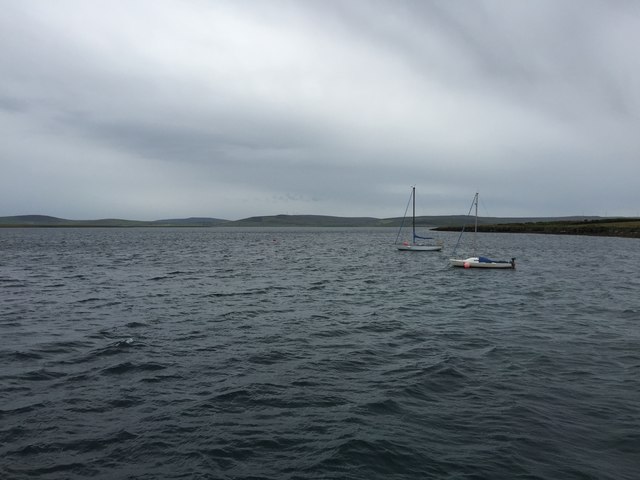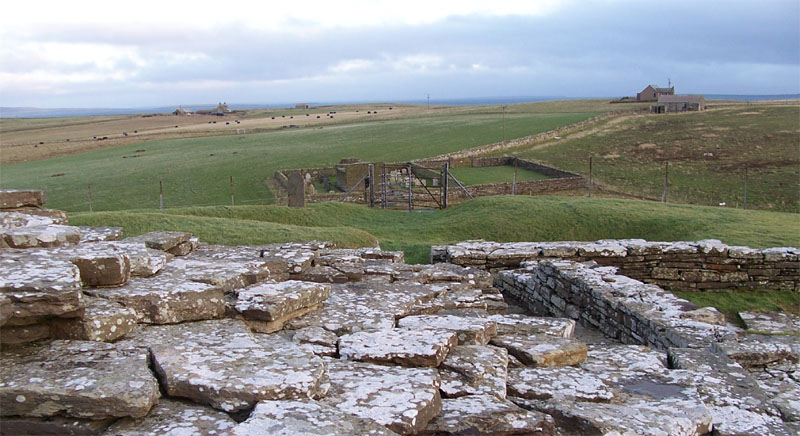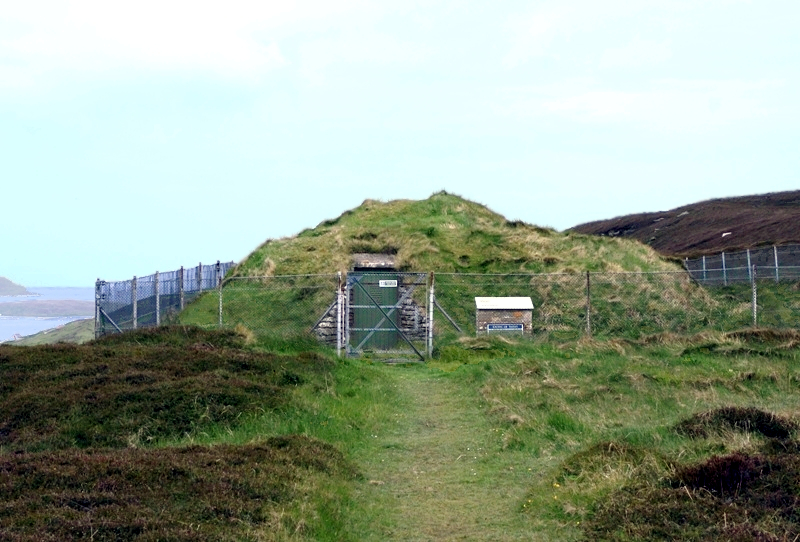Bay of Whelkmulli
Bay in Orkney
Scotland
Bay of Whelkmulli
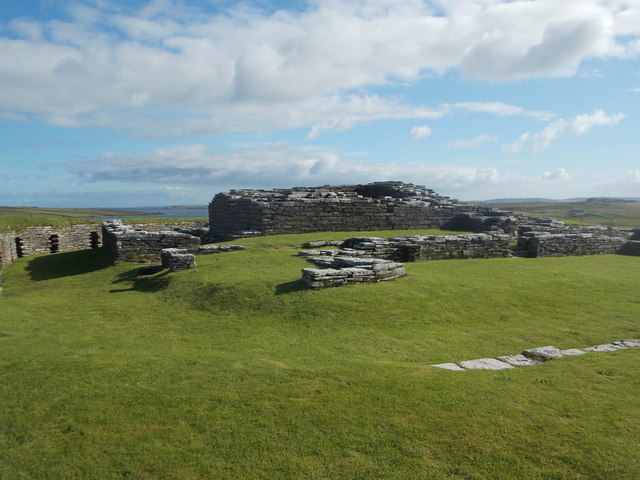
The Bay of Whelkmulli is a picturesque bay located on the western coast of the Orkney Islands, Scotland. It is situated around 10 kilometers north of the town of Stromness and covers an area of approximately 4 square kilometers. The bay is named after the abundant population of whelks, a type of sea snail, that can be found in its waters.
The Bay of Whelkmulli is renowned for its stunning natural beauty, with its crystal clear turquoise waters and pristine white sandy beaches. The bay is flanked by towering cliffs, providing a dramatic backdrop to the serene and tranquil surroundings. It is a popular destination for nature lovers, bird watchers, and outdoor enthusiasts alike.
The bay is home to a diverse range of wildlife, including various species of seabirds, seals, and even occasional sightings of dolphins and porpoises. The surrounding waters are teeming with marine life, making it a haven for snorkeling, diving, and fishing activities.
Access to the Bay of Whelkmulli is primarily by boat or on foot, with several walking trails leading to the bay from nearby villages and towns. Visitors can enjoy leisurely walks along the coastline, taking in the breathtaking panoramic views and exploring the rich flora and fauna that thrive in the area.
Overall, the Bay of Whelkmulli is a hidden gem in the Orkney Islands, offering visitors a chance to experience the unspoiled beauty of Scotland's coastline and immerse themselves in nature's wonders.
If you have any feedback on the listing, please let us know in the comments section below.
Bay of Whelkmulli Images
Images are sourced within 2km of 59.115082/-3.006462 or Grid Reference HY4225. Thanks to Geograph Open Source API. All images are credited.

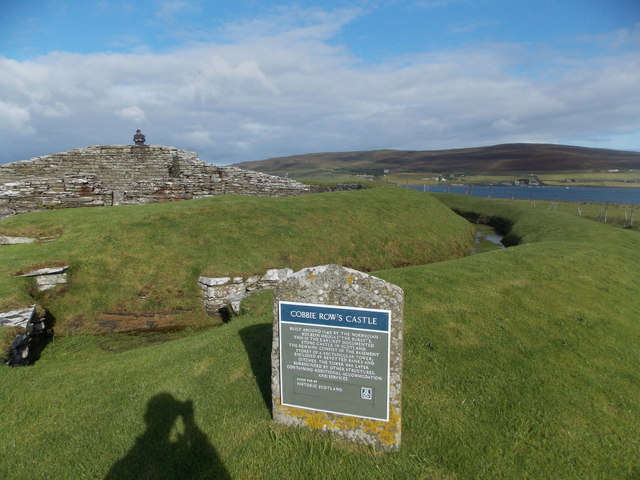
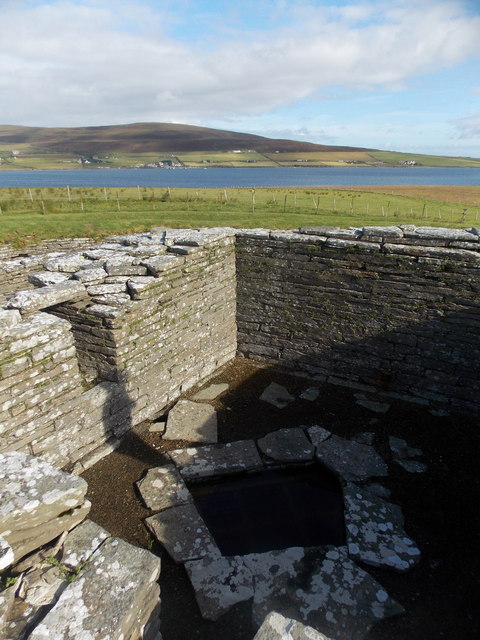
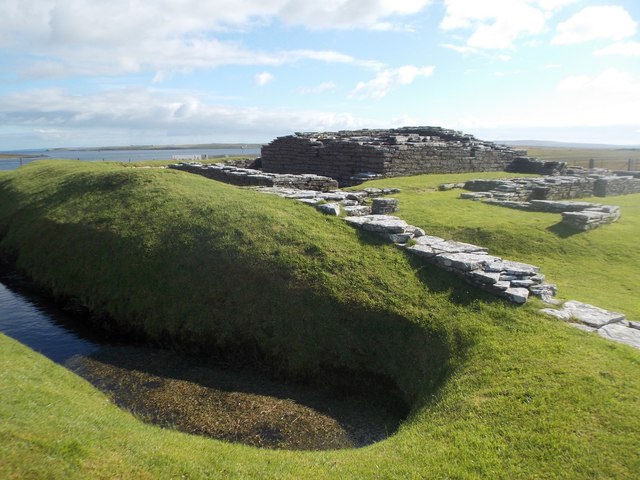

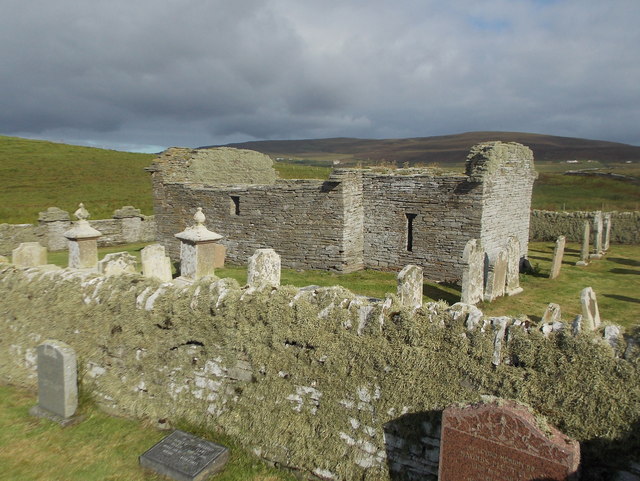
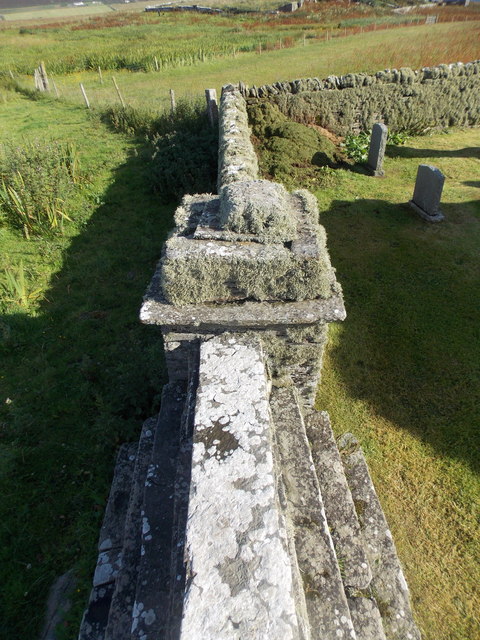
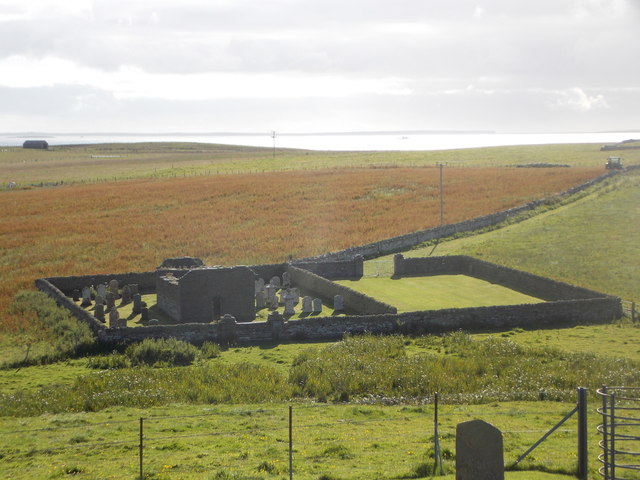


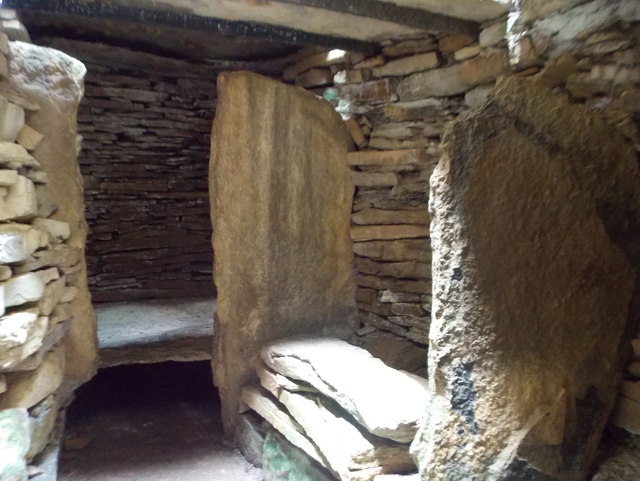


![Home Farm, Trumland “Rousay, Trumland Farm | Canmore.” 2021. Canmore.org.uk &lt;<span class="nowrap"><a title="https://canmore.org.uk/site/354411/rousay-trumland-farm" rel="nofollow ugc noopener" href="https://canmore.org.uk/site/354411/rousay-trumland-farm">Link</a><img style="margin-left:2px;" alt="External link" title="External link - shift click to open in new window" src="https://s1.geograph.org.uk/img/external.png" width="10" height="10"/></span> &gt; [accessed 15 June 2021]](https://s1.geograph.org.uk/geophotos/06/86/92/6869221_36716d6c.jpg)
Bay of Whelkmulli is located at Grid Ref: HY4225 (Lat: 59.115082, Lng: -3.006462)
Unitary Authority: Orkney Islands
Police Authority: Highlands and Islands
What 3 Words
///cricket.bucked.canoe. Near Brinian, Orkney Islands
Nearby Locations
Related Wikis
Taversöe Tuick
Taversöe Tuick (or Taversoe Tuick) is a Neolithic burial cairn on Rousay, Orkney, Scotland, thought to date from between 4000 and 2500 BCE. The monument...
Cobbie Row's Castle
Cobbie Row's (or Cubbie Roo's) Castle is the oldest medieval castle known to exist in Scotland. The castle ruins are located on the island of Wyre in Orkney...
St. Mary's Chapel, Wyre
St. Mary's Chapel is a ruined 12th century chapel found on the island of Wyre, in Orkney, Scotland. It is thought to have been built by a Norse chieftain...
Blackhammer Chambered Cairn
Blackhammer Chambered Cairn is a Neolithic chambered cairn located on the island of Rousay, in Orkney, Scotland. The tomb, constructed around 3000 BC,...
Brinian
Brinian is a village on the island of Rousay, in Orkney, Scotland. Trumland is situated to the west of the village, with Taversöe Tuick nearby. Brinian...
Trumland
Trumland is a Category B listed house and associated estate on Rousay, in Orkney, Scotland, built in its present form in the 1870s. Designed by David...
Wyre, Orkney
Wyre (historically known as Viera and Veira) is one of the Orkney Islands, lying south-east of Rousay. It is 311 hectares (1.20 sq mi) and 32 metres (105...
Knowe of Yarso chambered cairn
Knowe of Yarso chambered cairn is a Neolithic burial monument located on the island of Rousay in Orkney, Scotland. The site was excavated in the 1930s...
Nearby Amenities
Located within 500m of 59.115082,-3.006462Have you been to Bay of Whelkmulli?
Leave your review of Bay of Whelkmulli below (or comments, questions and feedback).

